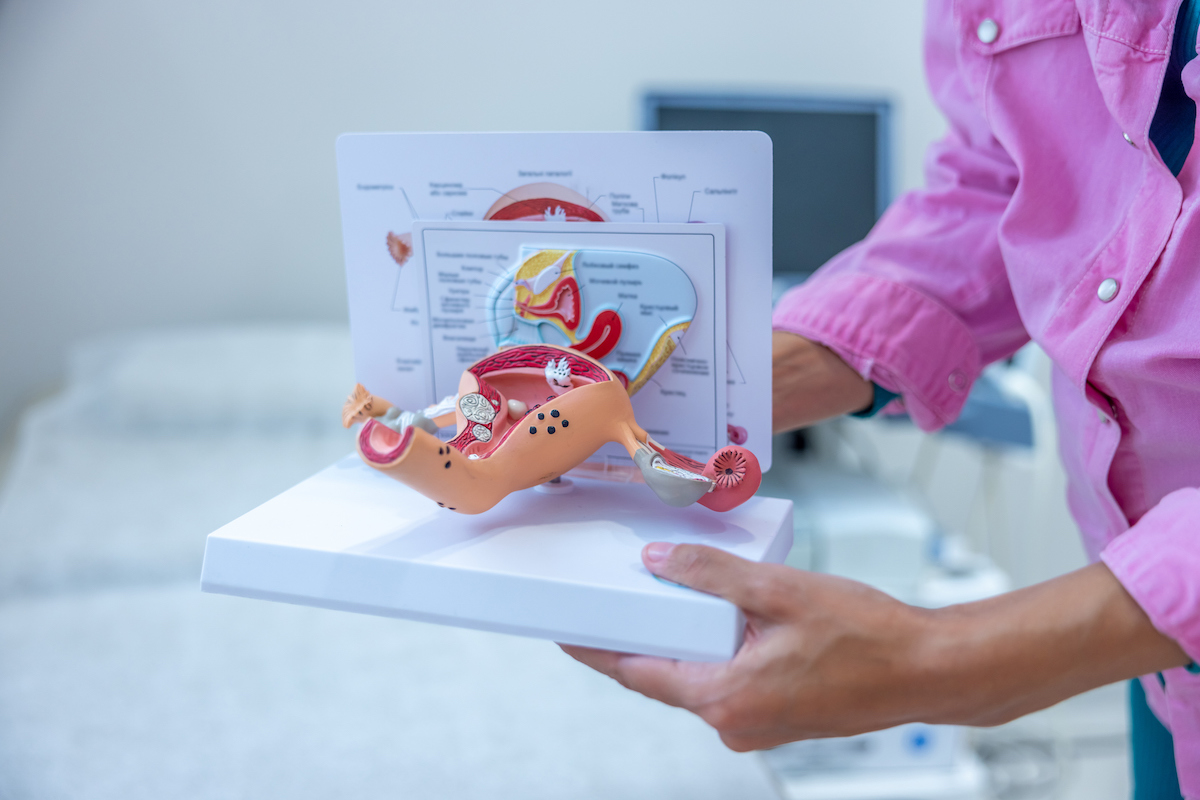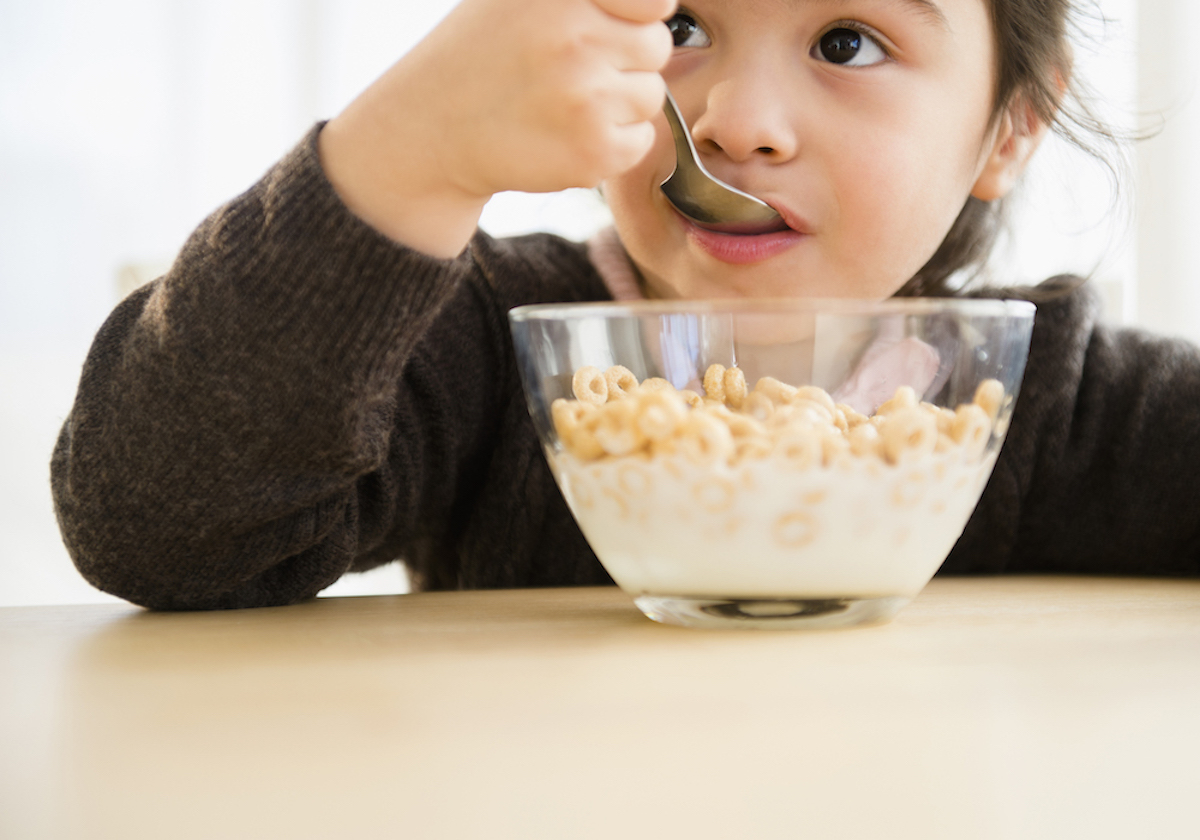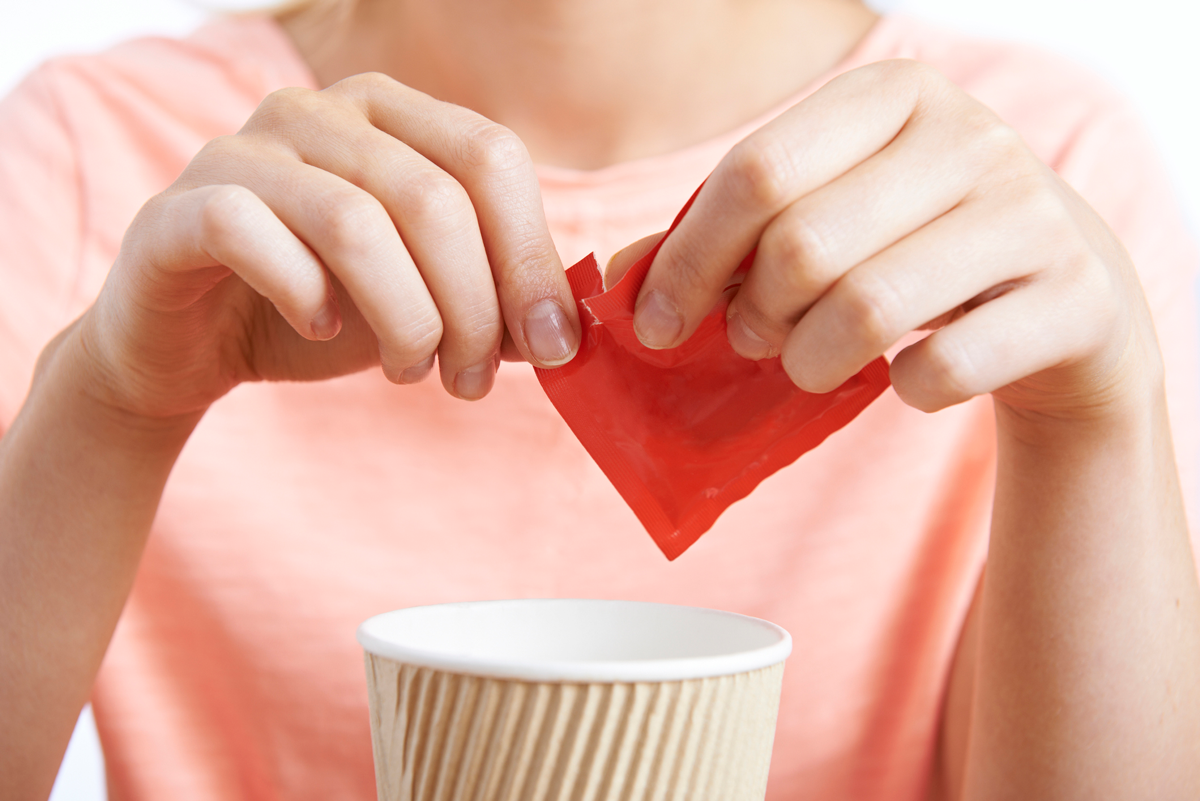Within the past few months, we’ve seen a number of studies coming out about increases in cancer over time in younger adults. One angle on this is the role of the pandemic: when routine care was cut back during COVID, some cancer diagnoses were missed. However, not all of these studies are pandemic-related. For example, last September we had headlines about increases in cancer in people under 50.
Perhaps the most comprehensive study of this was released in the past few weeks. The paper, which you can read in full here, documents changes in cancer incidence between 2010 and 2019 in the United States. The headline finding is that there has been an increase in cancer over this period in people under 50.
Today I want to dig into this paper. I want to talk about what it shows, what we learn from it, and whether it is possible to understand why we are seeing these trends.
Overview
The analysis in this paper is made possible by the National Cancer Institute’s SEER program, a database with information on cancer cases covering about 26.5% of the U.S. population. It’s a huge data set, which allows for estimation of changes over time in both incidence and mortality.
This paper is focused on cancer incidence and, in particular, incidence in people under 50 (“early-onset cancer”). It is worth noting that incidence and mortality are not the same. Cancer mortality has gone down over time, for nearly all cancers, as treatments have improved. Earlier detection has also helped. This is good news! But even when treatable, cancer is bad. Cancer incidence is an important outcome.
The authors of this paper examine trends over time in 72 distinct types of cancer. Some go up, some go down. Overall cancer incidence in people under 50 has gone up between 2010 and 2019. There is significant demographic heterogeneity: cancer increased in women, decreased in men, increased in some racial groups (American Indian/Alaska Native, Hispanic, Asian), decreased in others (Black), and was flat in others (white).
Alone, the increase and the demographic variation don’t reveal too much, but we can learn more by examining the individual types of cancer.
Impacts by cancer type
This paper estimates changes over time in all 72 of the cancers. In Table 2, the researchers present statistical tests for the significance of any changes they see over time. The paper reports standard p-values to test for significance. Using a typical cutoff of 0.05 for “statistical significance,” 30 types of cancer showed a significant increase or decrease.
That isn’t quite the right way to think about this, though, since when you run many statistical tests (here, one test for each cancer = 72 tests), you expect some of them to be significant simply by statistical accident. It isn’t therefore appropriate to assume all 30 of these are truly significant changes; we want to look for significant changes after adjusting the data for this “multiple hypothesis testing.”
There are a few ways to do this. Unfortunately, some of the more sophisticated ones, like Benjamini-Hochberg, aren’t possible given the information provided in Table 2 (basically, we do not have precise p-values for all tests). The most conservative approach to this is to use something like the Bonferroni correction, which would have us focus on the changes that are significant at p<0.001.
In the table below, I’ve listed the types of cancer that are either increasing or decreasing significantly by this standard, along with both the average percentage yearly change and the starting level (in cases per 100,000 people).
From this, we get a good sense of what is going on overall in terms of trends. Breast cancer and uterine cancer are going up. Prostate cancer is going down. Colon cancer is going up. Acute myeloid leukemia and liver cancer are going down, and kidney and pancreatic cancer are increasing.
It isn’t just the trend that matters for how we think about these changes. Many of the cancers on this list are extremely rare. Intrahepatic bile duct cancer (for example) has increased by an estimated 8% per year. This is a large increase, but the overall number in 2019 is an estimated 0.2 cases per 100,000 people under 50. That’s about 400 cases per year, meaning the 10-year increase is about 200 cases per year. This is a very small number given the U.S. population.
In the end, what is really going on here is that the overall increase in cancer for younger women is being driven by breast cancer, and the decrease for men is being driven by prostate cancer.
For me, this boils down the question we are most interested in to: why has breast cancer increased in younger women?
Why has breast cancer increased?
The paper is very comprehensive on the topic of overall cancers, but the observation that breast cancer is increasing among younger women is something that others have noticed. A second paper, published in 2022, provided a much more comprehensive analysis of breast cancer in particular, digging more deeply into both the overall patterns of increased diagnosis and a bit into why these are occurring.
The paper confirms the increase in rates in younger women, and in Hispanic, Asian, and American Indian/Alaska Native groups in particular. It asks why this has been happening.
One obvious explanation is changes in screening practices. With more use of mammograms, more cancer cases will be detected. That’s a good thing, not a bad thing, since early detection leads to better outcomes. This paper notes that that probably does explain some of the increase in the 1980s and 1990s, but screening rates in the past decade haven’t changed much. (Since screening is more common after 40, this also would not explain why cancer rates have increased in women under 40.) There are related explanations around reporting, or coding of cancers with unknown initial sites. But the paper ultimately concludes that at least some of the increase in cancer over the past decade is not an artifact of data or measurement.
If we accept that at least some of the increase in cancer is not a change in screening, the question is, then, what it is. This is hard to answer, since many other things change over time. If you see a time trend in some variable, it’s often very, very hard to isolate a single factor (or even several factors) as the cause.
In the case of cancer, we see many explanations: changes in diet, changes in obesity rates, changes in reproductive behaviors, changes in chemical exposures. This is an area rife with misinformation and conspiracies — people speculating on a role for vaccines, for example.
In this second paper, the authors are able to add one more piece of information to the data. In addition to looking at time trends overall, they look at trends by tumor type. What they find is that the increase over the past decade or so is primarily in “hormone receptor–positive” or “HR-positive” tumors, while HR-negative breast cancer has stayed roughly stable. This designation refers to whether the tumor responds to progesterone or estrogen. The authors also find that this HR-positive increase is what is driving the differences across demographic groups.
This doesn’t provide an answer either, but it points in a possible direction. HR-positive tumors are more strongly associated with having a first child at an older age. In one study covering a large population in Europe, having children at all, and having them earlier in life, was associated with a lower risk of HR-positive tumors (but not HR-negative). It is important to note: these results are associations; they aren’t obviously causal. There are reasons to think there might be a relationship here, but it can be hard to isolate birth age from other factors. It’s also true that the impacts are small — women who have any children are about 14% less likely to have this type of cancer.
With these caveats, this explanation is worth exploring because fertility has declined over time and age at first birth has increased. Both could play a role in the change in cancer rates. I say this not to scare people or suggest that you should have had a baby at 19. There are a lot of reasons people choose childbearing at various ages, and the effects estimated in these studies are small. From a population level, though, this is an explanation that seems worth considering.
More generally: for both breast cancer and others, if our goal is to isolate why we see the changes we do, the data will need to go beyond simple time trends and focus on, for example, variations across groups that help tease out explanations.
Summary
When I talk about panic headlines, I am usually referring to headlines that make us panic but, actually, are wrong. This is a headline that isn’t quite in that bucket. There does seem to be an increase in breast cancer over time, one that we cannot fully understand. Breast cancer in young women is still very rare, so while this is a real headline of concern, it is important to keep in mind the overall levels.
Of course, one of the main things that is uncomfortable about panic headlines is the feeling that there is nothing we can do to affect the outcome. This is a place where there is something you can do. Mammography and breast self-exams are effective at detecting cancer early, when it is more treatable. There’s more on mammograms in this post, but the bottom line is they do work.
So — be concerned, don’t panic, know your breasts.


















Log in